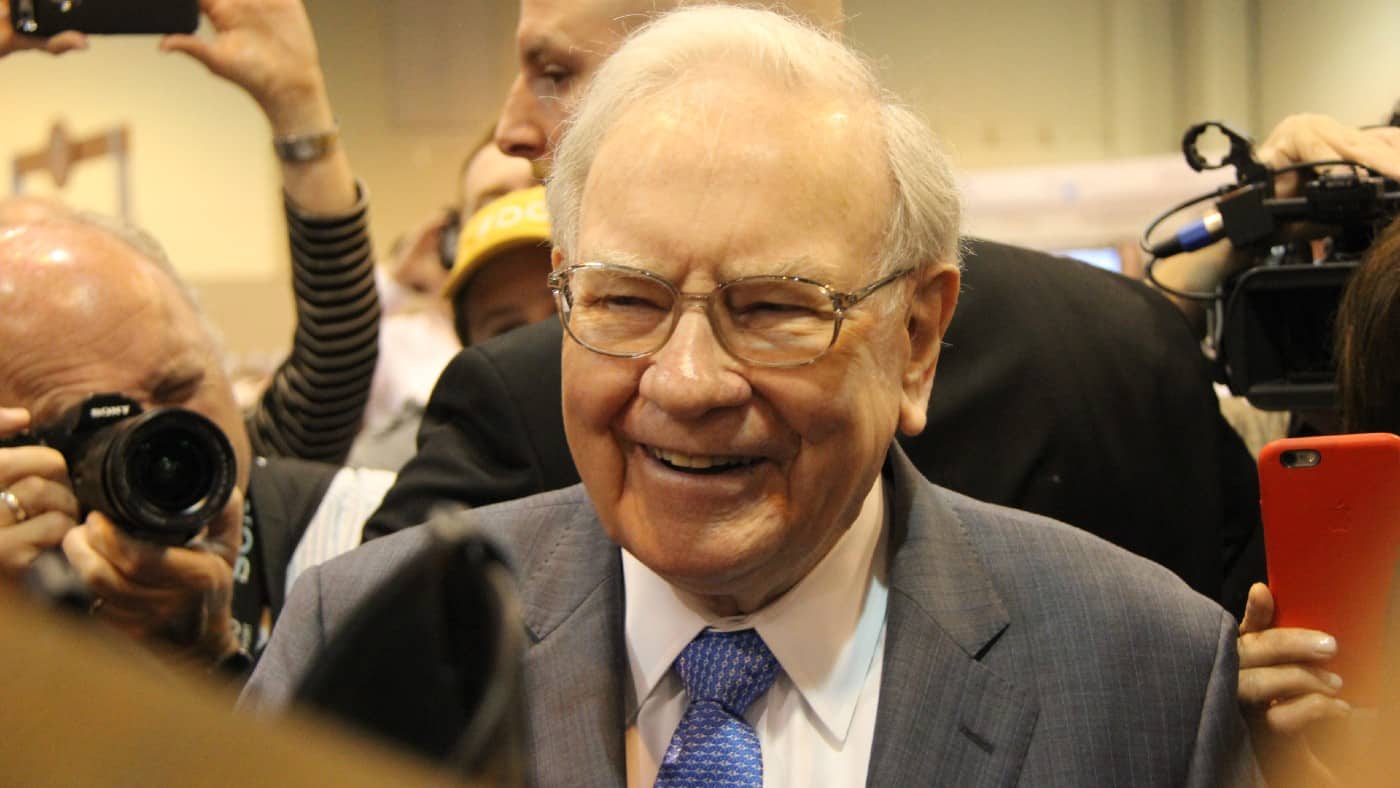Image source: Getty Images
The Rolls-Royce (LSE: RR) share price rose 6.2% in September, taking the year-to-date gain to 73%. And a two-year gain of 645% — who said FTSE 100 stocks are sleepy?!
There’s been a lot written recently about the company’s small modular reactors (SMRs). These aim to transform nuclear power from large-scale infrastructure projects into factory-built products.
With businesses and governments increasingly desperate to meet net zero carbon goals by 2050, SMRs are tipped to become a massive new growth industry. And Rolls-Royce, which has decades of experience building nuclear reactors for Royal Navy submarines, is positioning itself to be at the very centre of it.
First-mover advantage
On 18 September, the company was chosen by the Czech Republic as the preferred supplier for these mini reactors. The firm said this “strengthens Rolls-Royce SMR’s position as Europe’s leading SMR technology.”
More good news followed on 26 September when the UK announced that Rolls-Royce SMR would join three other companies in the next stage of its reactor design competition. These are GE Hitachi, Holtec, and Westinghouse. NuScale missed out.
Rolls-Royce SMR CEO Chris Cholerton commented: “[We are] the UK’s only SMR company and already 18 months ahead of competitors in the regulatory approvals process. Today’s news that we will progress to formal negotiation with GBN will help us to maintain this important first-mover advantage.”
A winner could be selected by the end of the year. Meanwhile, the company is also through to the final two in Sweden’s selection process. Deals could be struck with both Sweden and the Netherlands by the start of 2025.
According to estimates, the global SMR market could reach $295bn within 20 years. So this has the potential to turbocharge the company’s revenue.
Reality check
Now, as promising as all this sounds, these reactors aren’t expected to be deployed until the 2030s. Plus, the funding needed to roll out fleets of SMRs remains unclear.
In late 2023, US rival NuScale faced a major setback when its contract with a Utah power group was terminated due to delays and cost overruns. The estimated cost for the project ballooned from $3bn in 2015 to over $9bn by 2023!
A key attraction of SMRs lies in their cost predictability compared to traditional nuclear plants, which are notorious for going well over budget. So, while SMRs have the potential to be a game-changer for Rolls-Royce’s share price, there are many uncertainties.
A more immediate concern is the situation in the Middle East. This has already disrupted air travel and could exacerbate supply chain issues, posing additional risks to Rolls-Royce’s operations.
Long-term trends
Of course, increasing geopolitical instability is also likely to drive higher demand for advanced military technologies and naval systems. Rolls’ Defence revenue increased 8% in the first half.
Meanwhile, with global air travel projected to double over the next 20 years, its key Civil Aerospace division is poised for significant growth.
Finally, its Power Systems business is capitalising on the fast-growing demand for backup power for data centres. According to Moody’s, global data centre capacity is expected to double over the next five years, driven by the energy-intensive demands of artificial intelligence models.
I’m happy to keep holding my Rolls-Royce shares and would consider buying more if the share price suffers a setback as we move towards winter.
Credit: Source link














